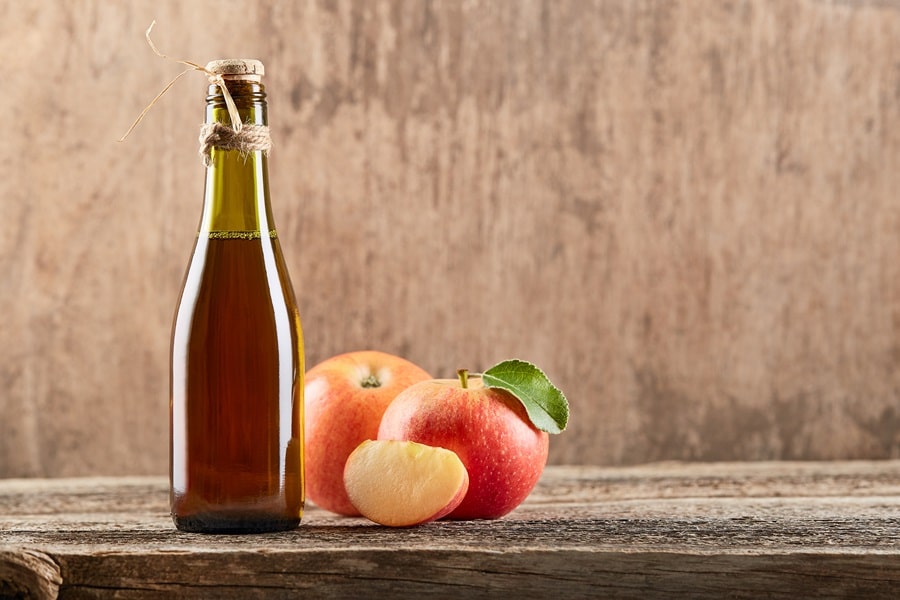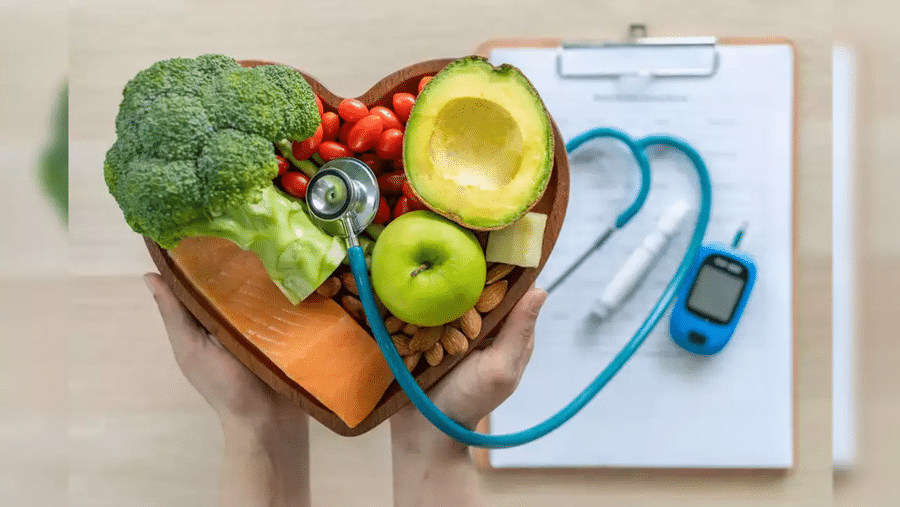Gluten, a protein found in wheat, barley, and rye, is well-known for its presence in bread, pasta, and cereal. However, it also hides in many other foods, often in surprising forms. Understanding these hidden sources is crucial, especially for individuals with celiac disease or gluten sensitivity. This article sheds light on some commonly consumed foods that may unexpectedly contain gluten, offering insights for those navigating a gluten-free lifestyle. From sauces to beverages, the journey to uncover gluten in everyday foods starts here.
Contents
Soy Sauce

Soy sauce, a staple in many kitchens, is often assumed to be gluten-free due to its name. However, most traditional soy sauces are made using wheat, making them a hidden source of gluten. This can be particularly challenging for those who enjoy Asian cuisine, where soy sauce is a key ingredient. Alternatives like tamari, traditionally made without wheat, can be safer for those avoiding gluten.
While shopping, it’s essential to read labels carefully. Depending on the manufacturing process, some soy sauces labeled ‘gluten-free’ might still contain traces of gluten. To ensure safety, it’s always best to look for products certified as gluten-free.
Salad Dressings

Salad dressings, especially commercially prepared ones, often contain gluten as a thickening agent. This might come as a surprise, as dressings are usually paired with naturally gluten-free salads. Unfortunately, gluten can lurk in creamy dressings, vinaigrettes, and even some marinades, turning a healthy choice into a risky one for gluten-sensitive individuals.
For a safe alternative, consider preparing homemade dressings using fresh ingredients. This eliminates the risk of gluten and provides a healthier option free from preservatives and artificial flavors. If you prefer store-bought options, always opt for dressings labeled gluten-free.
Processed Meats

Processed meats like sausages, hot dogs, and deli meats are often sources of hidden gluten. Manufacturers frequently use gluten-containing fillers and binders in these products. This is particularly concerning as these items are common in many diets and are often considered safe without a second thought.
To ensure safety, it’s important to look for meats labeled as gluten-free. Many brands now offer gluten-free alternatives that are just as tasty and accessible as their traditional counterparts. Opting for natural, minimally processed meats is also safer, as these are less likely to contain hidden gluten.
Soups and Broths

Many canned soups and broths contain gluten, which is used as a thickener or flavor enhancer. This is especially true for creamy soups or those with noodles. Even broths that might seem safe at first glance can contain traces of gluten, making label reading a crucial step in the grocery store.
For those who enjoy dining out, it’s important to know that many restaurants use bases or stock containing gluten for their soups. Asking the staff about ingredients and preparation methods can help avoid accidental gluten consumption. Alternatively, preparing homemade soups ensures control over the ingredients, guaranteeing a gluten-free meal.
Candy and Sweets

Candy and sweets, often a treat for many, can be a hidden source of gluten. Gluten is frequently used as a binder in chewy candies and can also be found in some chocolates and confections. This is particularly challenging during holidays and celebrations, where candy is abundant.
When choosing sweets, it’s important to read labels for gluten-containing ingredients. Many candy manufacturers now label their products as gluten-free, making it easier for those with sensitivities to indulge safely. However, cross-contamination can occur during manufacturing, so products certified as gluten-free are always the safest bet.
Medications and Supplements

Surprisingly, certain medications and dietary supplements can contain gluten as a binder or filler. This is often overlooked, but those with celiac disease or gluten sensitivity need to be aware of it. However, small amounts of gluten in medication can still cause adverse reactions in sensitive individuals.
When selecting medications and supplements, consulting with a pharmacist or healthcare provider is key. They can help identify gluten-free options and provide guidance on safe choices. Thankfully, many companies now produce gluten-free versions of common medications and supplements.
Beer and Malt Beverages

Beer, a favorite beverage for many, is traditionally brewed from barley, a gluten-containing grain. This makes most regular beers a no-go for those on a gluten-free diet. Similarly, many malt beverages also contain gluten, limiting options for social drinking.
However, the rise in gluten-free diets has led to the development of gluten-free and gluten-removed beers. These beers are made from alternative grains or have the gluten removed to a safe level. As always, it’s important to read labels carefully and understand the difference between gluten-free and gluten-removed to make safe choices.
Flavored Coffee and Tea

Flavored coffees and teas can contain hidden gluten in flavorings and additives. This is particularly true for products with added syrups or spice mixes. Even when the primary ingredients are gluten-free, cross-contamination can occur during processing.
To enjoy flavored hot beverages safely, look for products labeled as gluten-free. When ordering at a coffee shop, it’s advisable to ask about ingredients and cross-contamination risks. Alternatively, making flavored coffee or tea at home with natural ingredients can be a safe and satisfying option.
Packaged Snacks and Chips

Packaged snacks, like chips, crackers, and pretzels, often contain gluten either in the ingredients or due to cross-contamination in the factory. Gluten can be found in the dough of these snacks or used as a flavoring or stabilizing agent.
Reading labels is crucial when selecting snacks. Many brands now offer gluten-free versions of popular snacks, providing a safe alternative. However, it’s still important to check for cross-contamination warnings, especially if the gluten sensitivity is high.
The Bottom Line
Understanding the hidden sources of gluten in everyday foods is crucial for those with celiac disease, gluten sensitivity, or anyone choosing a gluten-free lifestyle. While it can be challenging to navigate, increased awareness and labeling have made it easier to identify safe options. Reading labels, asking questions, and opting for homemade alternatives are key strategies for maintaining a gluten-free diet. With careful attention and informed choices, enjoying a diverse and delicious range of foods is possible without the risks associated with gluten.


